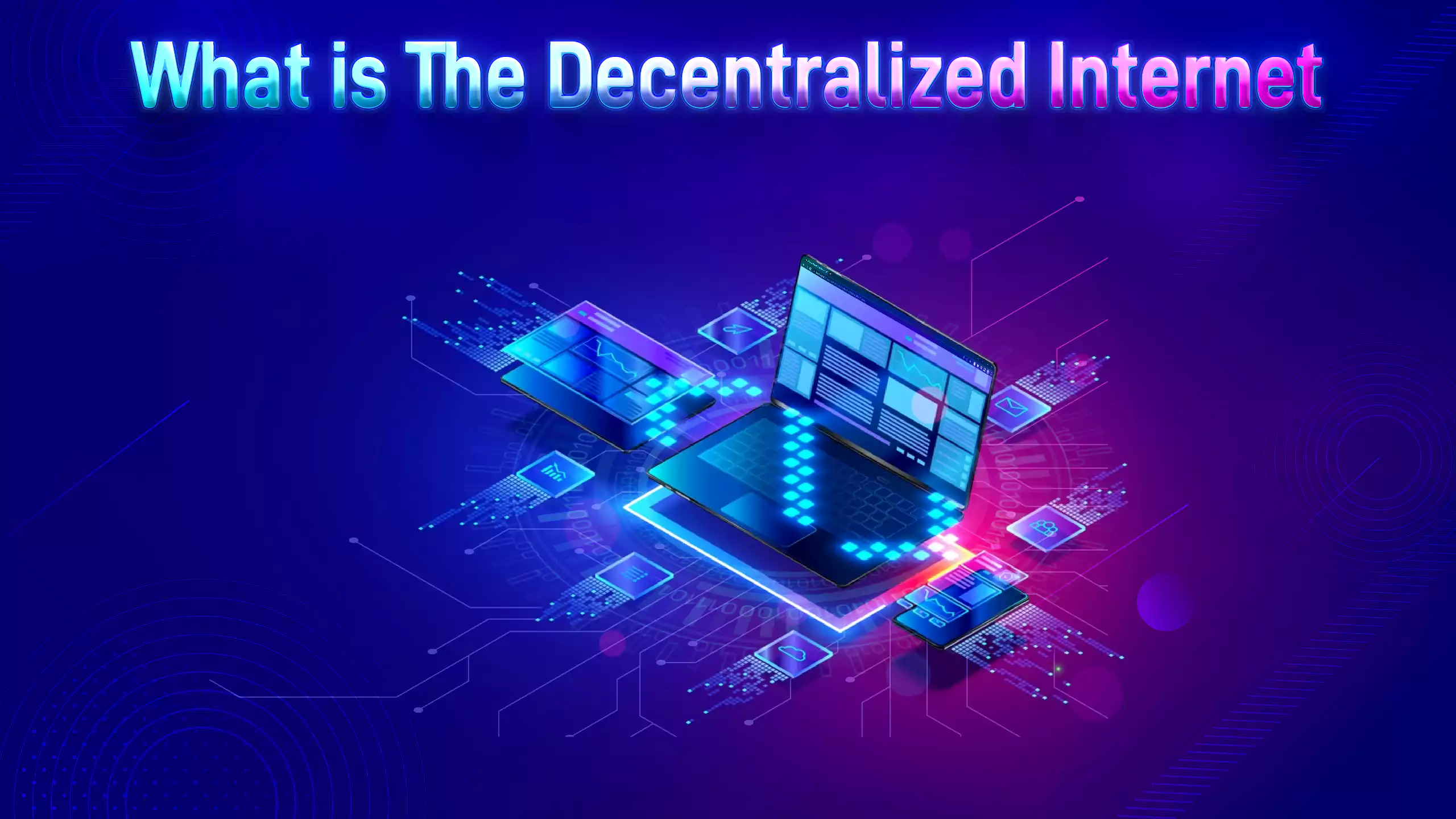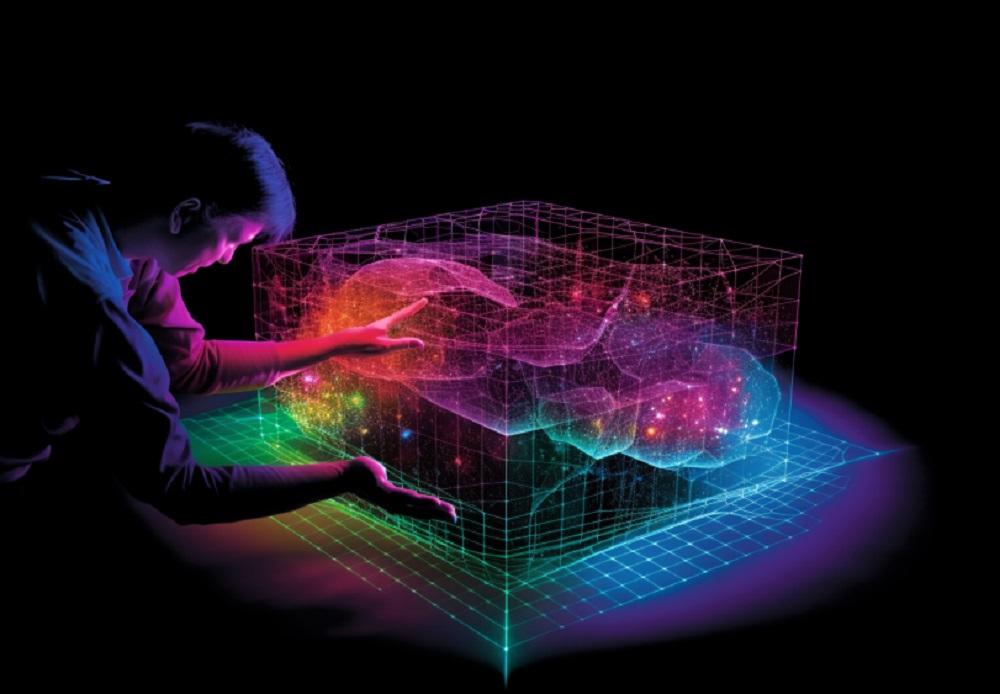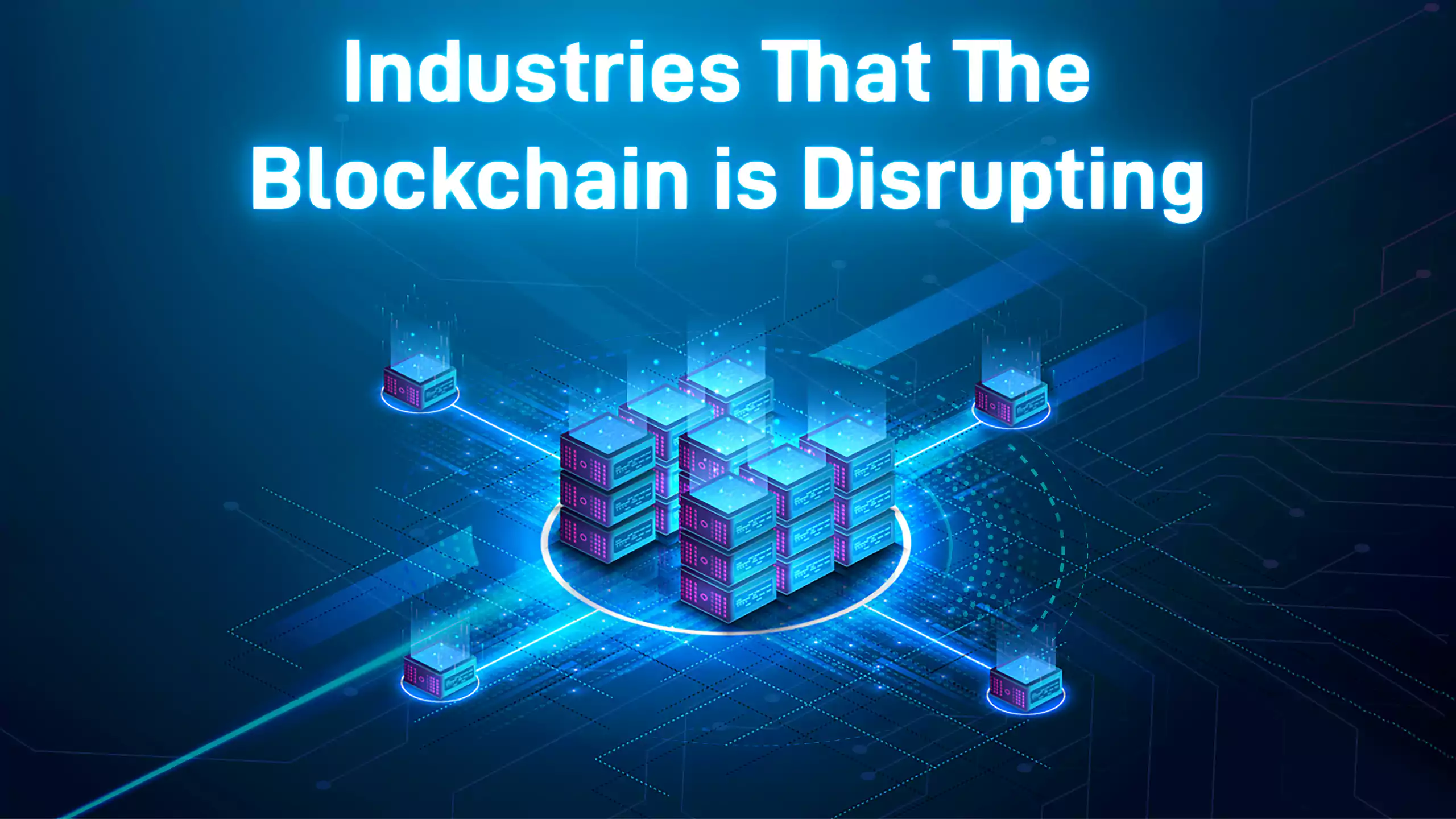The web is an evolving utility. Over time, it has evolved from a static and non-interactive platform called Web 1.0 to an interactive platform that allows the user to be involved with the website by editing it or posting on it during an era of Web 2.0. It is gradually shifting to a period based on the blockchain, allowing it to be decentralized. We call the new era Web 3.0.
While web 1.0 gave us the earliest forms of the website, Web 2.0 brought social media, blogs, and interactive websites. However, both the Web 1.0 and 2.0 eras were highly centralized. Centralization has a lot of shortcomings that Web 3.0 is trying to solve by decentralizing the system. This is why many people refer to it as a decentralized web.
What is the Decentralized Web?
The decentralized web is the latest iteration of the net. The earlier web versions referred to as Web 1.0 and Web 2.0 were highly centralized. The data generated by the users using those versions of the web are controlled by a few companies that own the platforms.
Companies prioritize the web over other platforms in order to profit from user data, paying little attention to the user's experience or intentions. Users have no control over the information they provide, and they have no say in how or for what purposes it is utilized.
Decentralization is solving this by allowing the users control over how the data is being used. The new protocols and infrastructure of the decentralized web mean that users' identity is not tied to one platform. Users can take their data from one platform to another on the decentralized web. So, what is the decentralized web mean?
What does Decentralized Web Mean?
It is necessary to understand how centralization works in order to comprehend what decentralization means. It is also necessary to understand what the decentralized web does differently.
The centralized web is the earlier version that concentrates data on the owner of the platforms who usually use the data the way they prefer. The most popular use of such data is for advertising and other third-party use that makes money for whoever pwns the platform on the centralized web. However, the user gets nothing from these apart from the access to use the web. In most cases, this poses questions of privacy and security.
The decentralized web solves this issue of privacy and security by giving control of data to the users. The user can carry the data wherever they want. Also, the decentralized web platforms offer the user a share of any reward that comes from the users' usage of the platform.
The decentralization of the web is possible because it does not run on servers like the centralized web but on networks of devices or the blockchain. (This will be discussed in detail further down). The blockchain offers the decentralized web the ability to integrate many other solutions into the web, giving it many benefits.
What Benefits Come with the Decentralized Web?
The decentralized web has many benefits for the users.
First, the users get better privacy and security. On the centralized web, users are not in control of their data. The owners of the platform that the users use to control these data and use it in any way they prefer. The users' privacy is not always in consideration in this system, as the goal is to generate as much return from this data as possible.
Aside from that, the fact that these data are stored in a single location makes them vulnerable to hacking attempts. Hackers could gain access to the servers of these platforms and steal all of the information stored on them, which they could then use for nefarious purposes. Because the data is not stored in a single location, this is less of an issue with the decentralized web.
Another benefit of the decentralized web is that it offers the users a better reward system. The reward system is just access to the web on the centralized web. On the decentralized web, users share out the reward that comes from their usage of the platform. Some platforms like Brave browser pays the user part of the advertising revenue. Also, the decentralized web allows users to access their data the way they like and make money from it. It has a huge potential for content creators and heavy web users.
Closely related to the better reward system is integrating finance into the web. This is referred to as Decentralized Finance or DeFi. DeFi is a financial network that can work independently without the need for intermediaries like banks or exchanges. It can be integrated into various parts of blockchain technology, like gaming or the web.
The integration of DeFi into the decentralized web framework allows the reward system mentioned earlier in this article to function properly. One method of accomplishing this is through specialized applications known as decentralized applications (Dapps), which are used in a variety of situations.
How Does Decentralized Internet Work?
The decentralized web is a connection of systems (devices and computers) that are privately owned and independent of one another, providing access to private and secure information. Unlike in the older forms of the web, where the computers serve as servers and are not independent of one another, the computers are not just nodes and help certify the information being gotten.
The decentralized web runs on a blockchain such as Ethereum Network and interactions. This gives it the same cryptographic verifiability that powers every other thing on the blockchain. So usage of web 3 goes the same route as that of the cryptocurrency and NFTs through the blockchain's distributed ledger.
Conclusion
The decentralized web, like many other things on the blockchain, is still in the early stages of development, but its potential is enormous. The present is the most advantageous time to join the revolution.






